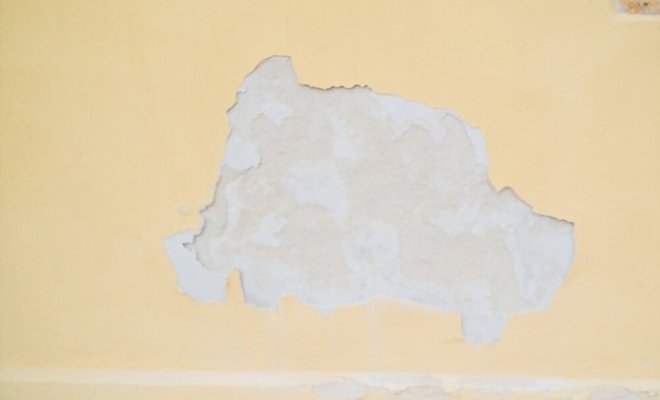If you are living in heavy rainfall areas then you shall be well aware of damp problems in the walls, ceilings, and floorings. When there is a rising damp, the wall and the ceiling layers all get affected and at the same time, there is a constant growth of mold and fungus also, along the side and the wall ridges. This damp occurs in the walls when ground level water travels up in the walls. This is mostly salty water that travels through capillary action. Other than the walls plaster work, timber work furniture’s, skirtings and floorboards also get affected with this damp. You can notice the issue if in the internal walls of the buildings. If the plaster paint starts chipping off and wallpaper tends to lose or stains start to appear in the walls, then it is a sign that ground water has reached the wall. At times you will notice the salt blooming in the internal surfaces.
What are the common causes of rising damp?
These material blocks the ground water from travelling up. But these materials can also fail over the time and result in causing the issue. Also, you will not find these materials in old constructions. This is the reason of why rising damp problem occurs on the first place. Also, at times DPC can get bridged that can cause rising damp. It can affect both external as well as internal walls of the building. If the rising damp is not treated on time, then it can give rise to foul smell and debris inside the cavities of the wall or the void that is created in the subfloor.
What are the signs of rising damp?
For a lay man it is very difficult to identify the rising damp and distinguish it from penetrating or condensation damp. . It can only be treated if it is diagnosed. Here are some common signs of rising damp.
- You can see the debris in the cavity of walls.
- Plasters and renders of walls overlaps the DPC
- Ground level are raised above DPC.
- Marks on the wall that looks like tide.
- Pain bubbles up on the walls, and discoloration and fragmenting of the wall surface.
- You can see crusty white patches due to the salt content in walls. \
- Dark patches that are wet.
- Musty smell in the rooms.
- The levels of insulation in the room suffers a lot.
- Decaying furniture, floor and doors or windows.
Rising damp treatment
One of the most effective treatment of rising damp is damp proofing injection cream. This cream is injected into the holes. This cream reverts to a liquid once it is injected. You can also install damp proof membrane, but it is a bigger and complicated process. The injection treatment is highly efficient in resolving the rising damp issue. Once the wall is treated you will have to re-plaster it.
Rising damp can cause serious problem if left untreated. If the contents of the masonry are not good, then surely the damp and the moisture accumulation is going to cause much discomfort to the wall and the overall interior of the rooms. It also increases the heat loss that results in the increase of power bills. Therefore, if you are planning to buy a house you must ensure to get the survey of the house by professional surveyor. The surveyor must have industry recognized qualification.
This is some of the essential information related to rising damp. If you think your house is surfing from this damp get it inspected and treated before it creates any bigger damage to the structure of the building.










